10 Top Tips
Surf through the Greenwash
―
Download the original or printer friendly version of the ebook below. Alternatively read the content on this page ―
Surf through the Greenwash – Screen
Surf through the Greenwash – Print
―
Hi, Mark here – self-taught designer with a degree in Environmental Chemistry – bit weird? Yeah, I know : ) Consequently, I now feel privileged combining both disciplines to help my clients.
I gathered the following case studies to provide a useful guide on how to convey your eco credentials with authenticity, and to build genuine trust with your clients. The current Greenwashing trend is making this more difficult to achieve than ever before.
Use this book as a checklist audit of your own brand, messaging, processes within your organisation and those of your external suppliers.
When you are ready to make this transformation to your own branding and design to establish real belief in your audience, get in touch.
Book a call so we can chat about your project in more detail.
Mark
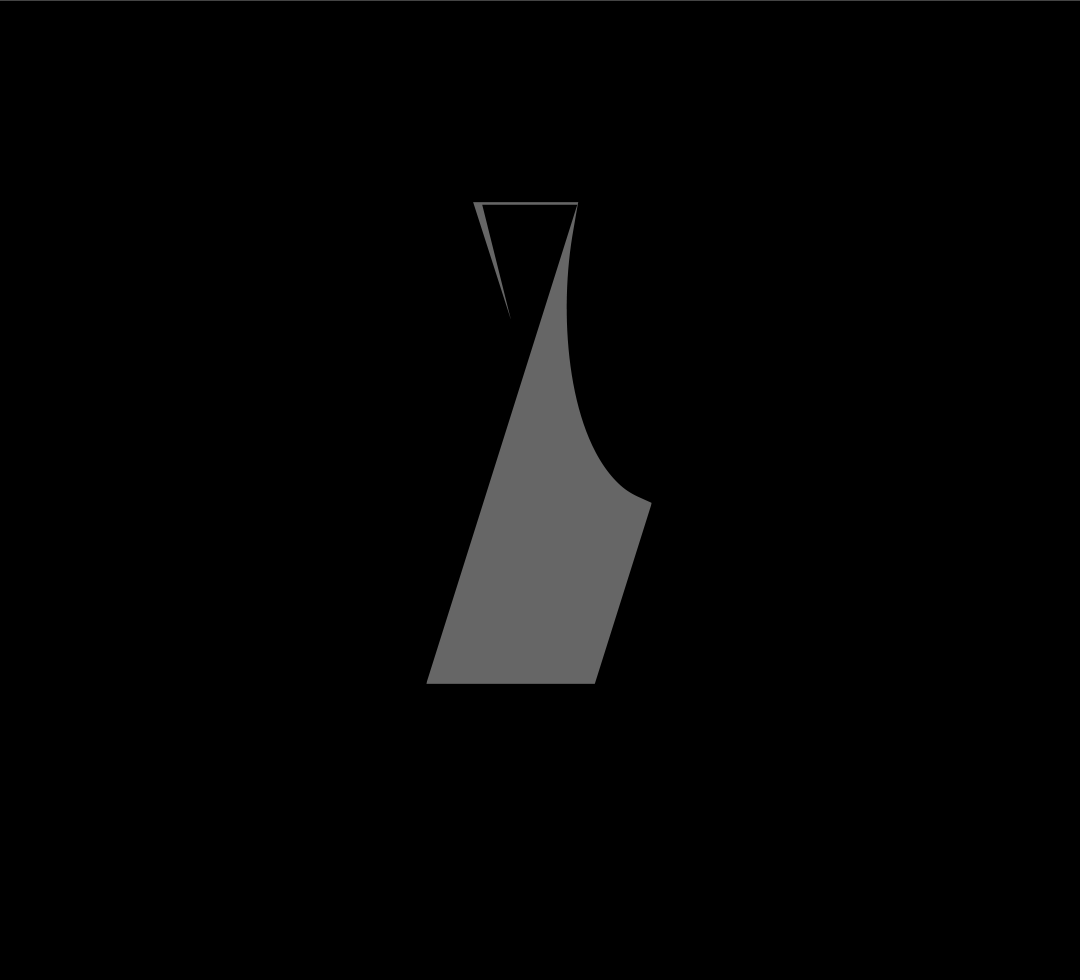
01 Keep it simple even when it is complex
The Jane Goodall Institute and the DiCaprio Foundation had a problem. They needed to raise awareness of the devastating impact caused by deforestation on global ape populations. However, this was easier said than done as they had to represent five separate species – Gorillas, Chimpanzees, Orangutans, Gibbons and Bonobos. This is where design can be so effective. Via the power of a single graphic based solution I was able to simplify a complex messaging problem – five species + deforestation.
Testing and research led to an intricate illustration style resembling smoke emanating from a forest fire. Within the paths it was possible to represent a likeness of the five endangered apes. To increase the impact of the campaign, in addition to the planned t-shirts, the inclusion of print and animation for social media were proposed. Lastly, to create ownership as a potential future brand, bespoke typography was developed for the campaign name – Don’t Let Them Disappear.
The problems we are facing globally as a species are daunting and complex. As experts within our respective fields it is easy to forget that our audience does not have the same experience or educational background. This is particularly common in the environment sector, since the research guiding our actions is of a scientific nature. So with every message, ask yourself ‘would my gran understand this?’ It is more effective to use everyday language and avoid industry acronyms and terminology.
A great reference for copy is the style guide by The Economist, which suggests “think what you want to say, then say it as simply as possible.” Within the guide they reference a useful checklist – George Orwell’s six elementary rules [Politics and the English Language, 1946].
A little bit of testing can also be very beneficial. I am not suggesting you hire a market research company for every piece of messaging, but it can be valuable to reach out amongst friends, family and colleagues. Within just our immediate contacts the wide range of different interpretations can be startling. This is particularly useful when shared with those unfamiliar or uninterested in the topic. If you are able to intrigue this audience, you are heading in the right direction.
Graphic design was also effective for another Superfried client – Dsposal. They had a branding problem – how to create a separate identity for a new demographic whilst feeling part of the Dsposal offering. Their existing digital hub was connecting waste producers to licensed waste companies. They noticed large volumes of traffic from domestic users and decided it would be beneficial to create a separate version specifically tailored to their requirements. This led to the launch of Your Dsposal.
To avoid confusion with the existing commercial platform it was essential that the new identity was distinct and solely focused on the domestic sector. One of the most recognised symbols for domestic life is a house and for waste, the classic bin icon. Through testing and experimentation it was possible to combine them to create a simple graphic solution, with the bin representing the doorway from which to remove waste from the home.
Now we take a trip back to 2002 with a classic campaign from Greenpeace and outlaw artist Banksy, which perfectly demonstrates the power of a simple idea brilliantly executed. To raise awareness of the devastating effects of deforestation, Banksy depicted everyone’s favourite Jungle Book characters bound and blindfolded in front of an executioner. Behind them the backdrop shows a b&w photograph
of a decimated forest.
Greenpeace are no strangers to causing controversy and this campaign was no different. It was no surprise that Disney’s lawyers were quickly on the phone, yet despite the threats, the campaign proceeded and no legal action was taken.
Did they step over the line? From my perspective, no. It was a brilliant piece of work. The perfect balance between controversy to gain exposure, without resorting to fear and guilt tactics. Memorable use of globally recognised characters in a thought provoking way. Most impressive of all the single, simple message was universally clear, as not a single written word was required.
Having said that, I would not advise doing anything similar unless you have free access to some very good lawyers. Copyright infringement should not be taken lightly.
Summary
- Use simple language. Write it how you would say it.
- –
- If the message is complex, a graphic solution may be more effective.
- –
- Your message should provoke thought, but not provocation.
Case study links
-
Jane Goodall Institute
Jane Goodall Institute | DiCaprio Foundation
Case study
-
The Economist style guide.
The Economist
Style guide
-
Your Dsposal
Your Dsposal
Case study
-
Greenpeace + Banksy Save or Delete campaign
Greenpeace + Banksy
Save or Delete campaign
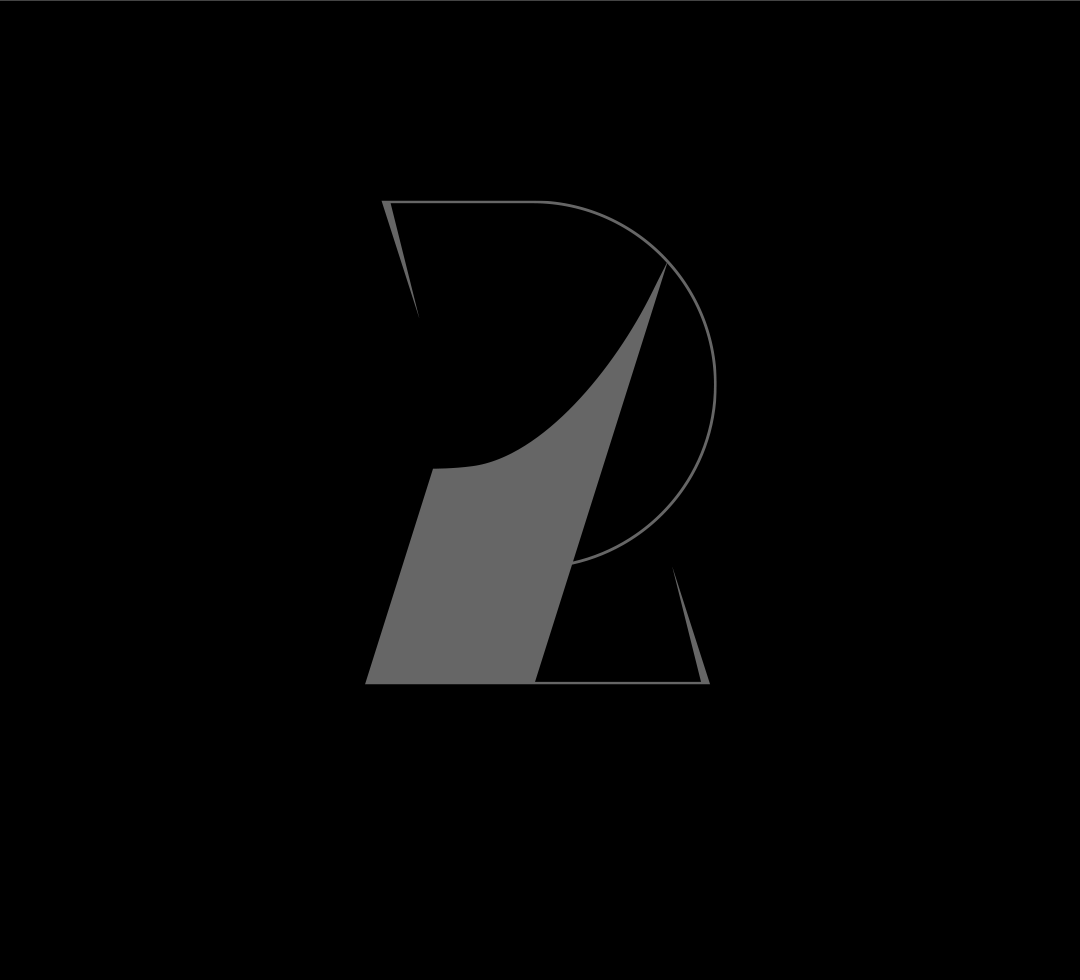
02 Prioritise your messages or remain unheard.
It is also important to be succinct. We are bombarded with information every second of the day, so attention spans are short. When writing your content, prioritise. What is the single most important message for the reader to take away. Then as a nice to have, select a second + third – anymore than this is highly ambitious.
When developing a brand identity, this level of prioritisation is key. When focused to a single message a strong brand marque can be very powerful. For example the Forest Stewardship Council [FSC] logo, featuring a tick connected to a tree – select the right tree. But this can be extremely challenging. It is natural to want to say more, but in doing so we can often say less. Having said that, occasionally you get lucky and things just click.
This occurred while working with the Shark Conservation Fund via the Leonardo DiCaprio Foundation. The client requested that the brand marque simultaneously represent sharks, rays and their natural habitat, since they would be protecting all three. Normally this would be asking too much from one logo. However, leveraging the similarity in form of waves and fins, combined with some negative space trickery – meant their bold request was granted.
Sometimes the most literal approach is the most effective. To highlight the vulnerability of our planet, for his art installation Gaia, UK artist Luke Jerram literally enables us to share a room with earth. This is achieved via an illuminated globe 7m in diameter suspended above the viewer. The surface is detailed with satellite imagery from NASA and accompanied by a sound composition by BAFTA winning composer Dan Jones.
Gaia has toured the world and I was fortunate to inadvertently catch the exhibition in Durham Cathedral. To effectively see the earth simply suspended in that magnificent building was truly inspiring and surreal. Such a simple, elegant idea was disproportionately powerful. It had
a vulnerable presence that reminded me of the classic Blue Marble shot, taken by the crew of the Apollo 17 on their way to the Moon in 1972.
Summary
- We now have less time than ever before, so pick your messages wisely.
- –
- Forcing the brand name or marque to say too much is often counterproductive.
- –
- A powerful or unexpected image is an effective way to initiate engagement.
Case study links
-
Forest Stewardship Council
Forest Stewardship Council
Effective logo
-
Shark Conservation Fund
Shark Conservation Fund
Case study
-
Luke Jerram. Gaia
Luke Jerram
Gaia
-
The Blue Marble 1972
The Blue Marble
1972
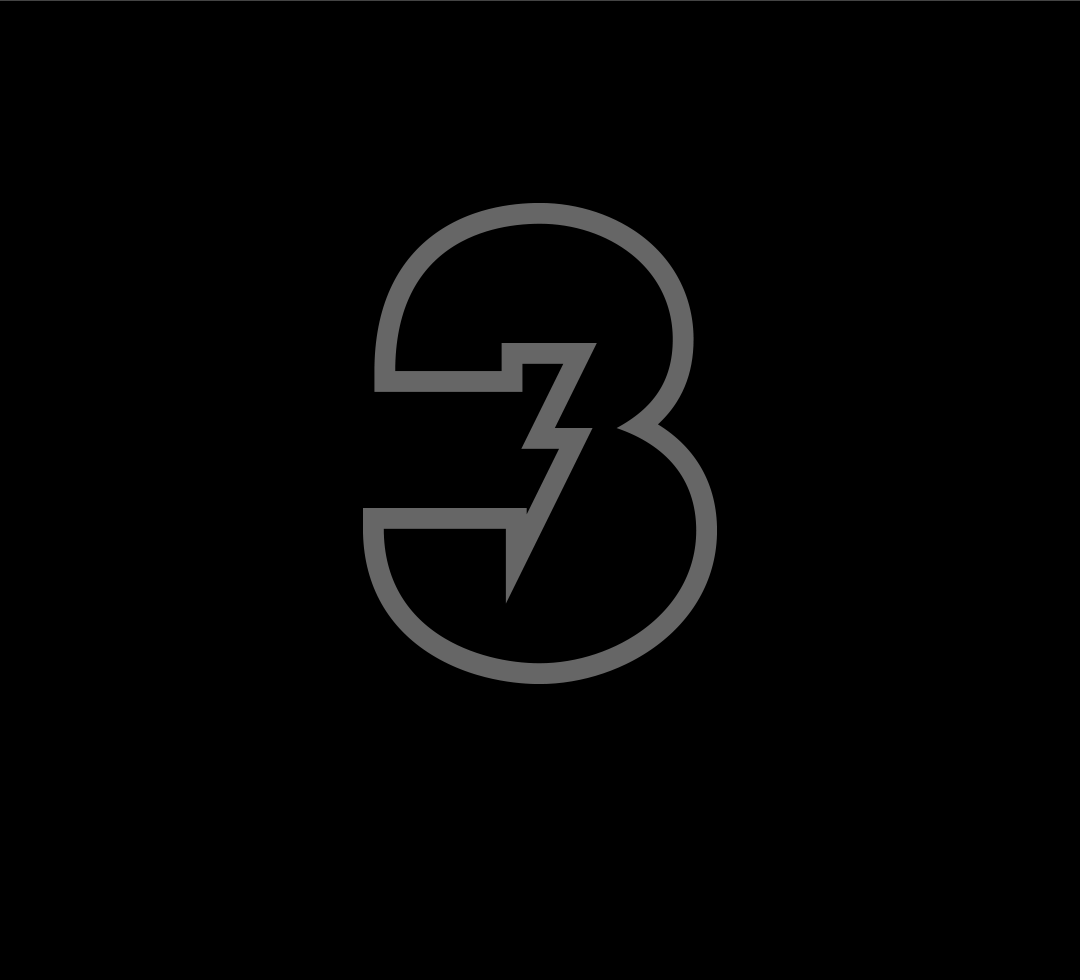
03 Stay positive to avoid the eco gloom.
We know we need to change the way we live. But if we are honest, we would rather we didn’t have to. Ultimately we all want our lives to be simpler, not more complex. Consequently, if we want our audience to take our message on board, telling them there is no future and that it is all their fault is likely to fail. Instead, rather than fear and examples of failure, we should focus on examples of success. Where collaboration has led to real change.
Understandably people are often daunted by the scale of the problem. This leads to the common idea that the action of one will make no difference. The result – inaction. However, there are countless examples through history that show the small, collective actions of many have changed the world. If it worked before, it can work again.
–
If people lose hope, if you don’t believe what you’re doing is going to make a difference then why bother? I say no, you can do something in your community, get a group of people together and do what you’re passionate about.
–
Jane Goodall
–
We are bombarded daily with negative news. Consequently, to cut through, communicate reasons to be optimistic for the future. As consumers the guilt trip is perpetual, but often without any advice or solutions.
Superfried client Ethy decided to address this. Via their free app consumers can now locate ethical retail outlets throughout the UK. Ethy have established a stringent verification process for all participants based on the 17 United Nation Sustainability Goals.
Their proposition is so effective, because it is guilt free. Their app makes shopping feel positive because you are helping to grow a more sustainable economy for the future.
Another client I worked with, Dsposal, also adopted an upbeat route. They noticed that it was difficult for both the general public and commercial organisations to locate registered companies to responsibly dispose of their waste.
Consequently, they developed online hubs for commercial and domestic use – Dsposal and Your Dsposal respectively – to connect their users to reputable firms. To communicate this struggle, fun, vibrant illustrations of a complex, surreal world were created to show how they can help the user to navigate their way through to the right partners.
Summary
- It is normal to feel frustrated by the environmental plight of the planet.
- –
- It can lead to anger, but channel this energy. Do not let negativity infiltrate your messaging.
- –
- Confidence and positivity are engaging and difficult to ignore.
Case study links
-
Ethy – Sustainable Shopping
Ethy
Sustainable shopping
-
United Nations – The 17 Goals
United Nations
17 Sustainability Goals
-
Dsposal
Dsposal
Case study
-
Your Dsposal
Your Dsposal
Case study
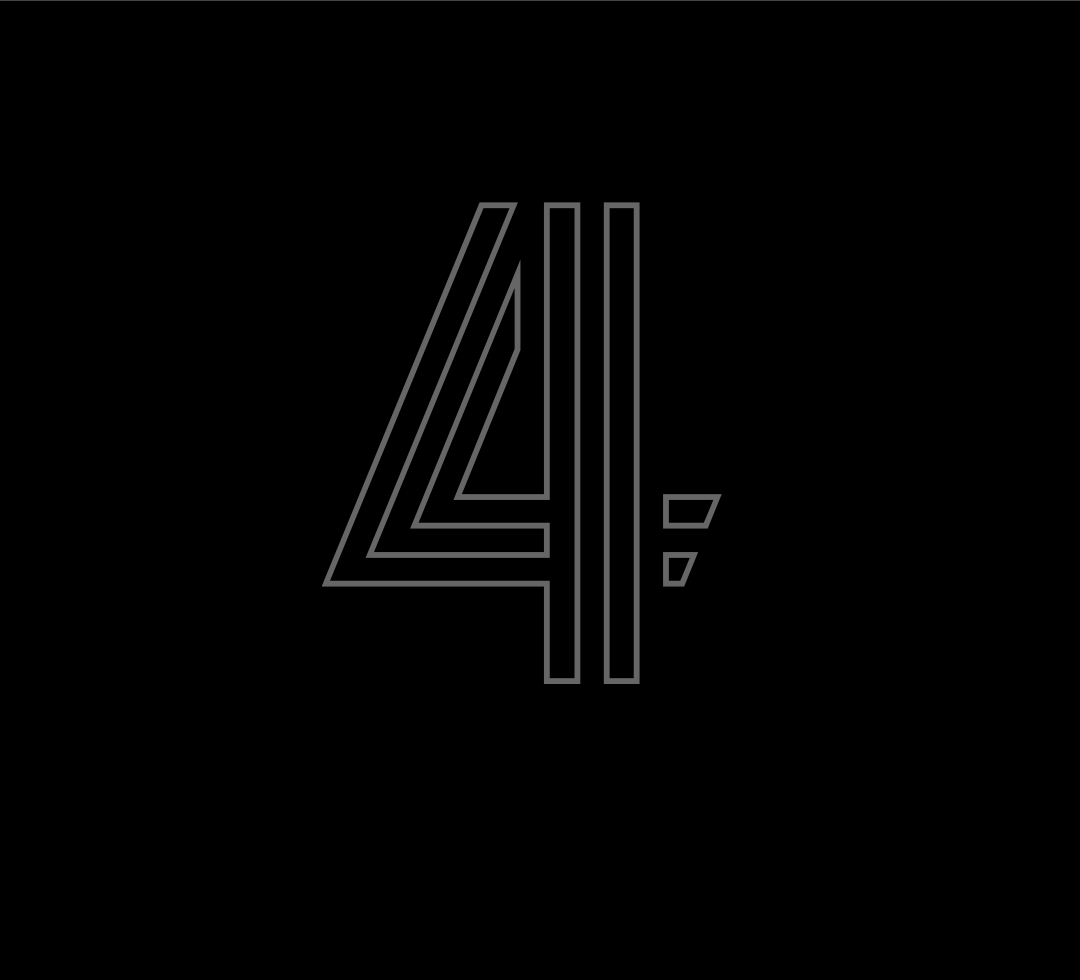
04 Be authentic to instill trust.
Now we have an inspiring tale from Asia. Sarah Lewis, founder of non-profit Thrive Conservation, is a perfect example of finding your own voice. In Indonesia small environmental organisations were struggling to raise funding when competing against the larger, global non-profits. She was frustrated by the significant conservation gaps across the archipelago generally overlooked due to their remote locations, severe shortage of capacity and funding.
It also became apparent that the lack of capacity was not due to disinterest – many people were keen to work in conservation,
but there were simply no roles available.
So Sarah embarked on a more ambitious strategy. In addition to conservation, Thrive would also focus on the community via education to establish long-term employment opportunities within challenging front-line projects. But as a small organisation with bold ambitions they were struggling to be taken seriously by large funding groups.
Sarah contacted Superfried as she felt a professional brand identity and positioning would help to reassure donors that their investment would be spent wisely on a strategy that was well considered. It worked, which enabled Thrive to attract funding, grow and tackle the issues that had been consistently neglected. Since completion of the identity, Thrive have grown and recruited several new members to the team.
In a world of social media, there is no where to hide. Consequently, it is now more essential than ever to be honest. The damage can be brutal if you are found out. When stating your environmental intentions, ensure they will be measurable.
Make sure you explain the intention of your actions. If the reasons are not solely for the environment – profitability / benefits to the local community / education / industry growth etc – it is important to say so – the honesty will be appreciated and your actions perceived to be more plausible. Misinformation is rife, so if you are not completely explicit, observers are unlikely to give you the benefit of the doubt. It is more likely that they will draw their own conclusions and fill in the gaps.
Another example of a company taking a bold step is Formula E racing team Envision. They wanted to highlight the consequences of ewaste – waste from electronic products – and the possibilities of sustainability. They commissioned multidisciplinary artist and designer Liam Hopkins – Lazerian – to create a 1:1 fully functioning replica of a Formula E Racing Car solely from ewaste.
Liam put out a request to companies and the general public to donate the raw materials he required. The final car was launched at the London e-prix and driven by actor and United Nations Environment Programme [UNEP] goodwill ambassador Aidan Gallagher. Envision used the project to raise further awareness amongst the young – 9–21– via a global competition to build their own version.
Now for a controversial reference – Apple – I can feel your blood boiling : ) It could be argued that they are awful – creating huge volumes of resource hungry devices which they encourage customers to replace after a short period of time. Alternatively, it could be argued that they are pushing the boundaries with new techniques to produce devices in more efficient ways, have a plan in place to achieve carbon neutrality and that if the market leaders take this stance it forces the rest of the sector to follow suit. Whether you feel they are potential world champion greenwash contenders, we can still learn from their messaging.
In their latest promotion on their environmental progress, although widely condemned, they do use an innovative approach. The scene imagines the Apple employees, including their CEO, rushing around preparing for an important board meeting. When the esteemed guest arrives, it is none other than Mother nature herself. She proceeds to drill them across multiple categories for a progress update, which they respond to with minor blunders in a ‘humorous’ way.
Whether you like the ad or not, it is a great example of finding a different way to convey the same message. As Ted Aten of Inc. summarises, the skit was “cringe-worthy but effective as it demonstrated that most importantly of all [Apple] was doing more
than the competition.”
Summary
- In a noisy marketplace it is important to be innovative and brave to standout.
- –
- The message must be clear to ensure it is not open to misinterpretation.
- –
- Authenticity is then key to ensure your message is not simply dismissed.
Case study links
-
Thrive Conservation
Thrive Conservation
Case study
-
Lazerian – Ewaste Formula E Racing Car
Lazerian
Ewaste Formula E Racing Car
-
Envision – Waste to race competition
Envision
Waste to race competition
-
New Scientist – Aidan Gallagher drives ewaste car
New Scientist
Aidan Gallagher drives ewaste car
-
Apple – Mother Nature
Apple
Mother Nature
-
Inc.Com – Was the Apple ad effective?
Inc.Com
Was the Apple ad effective?

05 Walk the talk or watch them balk.
A 2022 survey conducted by Edie found that 7 in 10 Brits don’t believe environmental claims by businesses are credible. Consequently, when making your ambitions known, you must see them through. Not only must they be measurable, they must have a deadline. But stating a deadline and forgetting about it is not enough.
Even if you fail to meet your target, review the progress, explain what went wrong and set a new realistic target. This approach was adopted by Lego admitting research to find an alternative material for their product had failed. Failing is easy – everyone does it – the hard part is owning up, learning from it and going again.
As if that was not enough, you will also need to factor in the behaviour of your partners and suppliers. Although often unfair, guilt by association is now more difficult to redress with the powerful, binary voice of social media.
Clothing company Rapanui is a great reference for how to control and monitor your supply chain. All of their products are organic, vegan and taken back via free post at the end of their use to be turned into new garments. To thank their customers for returning the clothes, they offer a discount on their next purchase. During production, 95% of the water used is recirculated and recovered. Their factories in India and the Isle of Wight are completely powered by renewable energy.
But that is not all. In the spinning factory 2% of the cotton ends up on the factory floor. This by-product is collected and turned back into paper used for their packaging. Lastly, all of their packaging is plastic free. Rapanui are an extreme case, setting standards that most would fail to meet. But their way of thinking could be adopted by all. Can we be more efficient? Can we re-use or re-purpose the waste? Is there a better way?
Registering with credible third parties can be beneficial to verify your environmental intent. Although challenging, it might be worth considering whether your organisation is suitable for B Corp registration. For smaller companies, like Superfried, other options such as 1% for the Planet could be more apt.
Internal reviews can often be perceived as a burden and an inefficient use of time. But in fact it could be argued that the opposite is true. By reviewing the progress on a previous promise it helps to keep the organisation on track. As a secondary benefit, the review process also creates a new reason to talk to existing and new potential clients.
Transparency is key. It is very difficult for an organisation to reduce its carbon foot print, but to the outside world it may not be obvious why and be perceived as simply an excuse or inaction. Take this opportunity to educate and explain the barriers you are facing.
To gain additional engagement it can be beneficial to target a relevant annual event. For example when I worked with the DiCaprio Foundation to raise awareness for the conservation of sea life, World Ocean Day provided the obvious launch date. This would enable the organisation to update their audience on an annual basis, creating credibility, trust and a regular opportunity to raise further awareness and donations.
However, a word of caution. Although associating your actions with an annual event can be powerful, it is a commitment. Your customers and followers will subsequently expect a similar response every year. If you are not able to maintain this, it could be damaging for your brand.
Summary
- Don’t say it, If you are not going to do it. It is not worth the risk.
- –
- Be open about your failures. Your honesty will be respected and inspire others.
- –
- Regularly review your business. There may be a better way.
Case study links
-
Lego scraps plans to use recycled bottles
Lego
Bricks from plastic bottles fails
-
Edie – UK consumer survey
Edie
UK consumer survey
-
Rapanui – Ethical clothing
Rapanui
Ethical clothing
-
B Corp
B Corp
Third party accreditation
-
1% for the Planet
1% for the Planet
Effective corporate donations
-
Leonardo DiCaprio Foundation
DiCaprio Foundation – World Ocean Day
Case study

06 Do your homework or stay behind.
Next we have an unexpected situation – our star pupil is actually a multinational. IKEA is a great example of a company that has researched their impact thoroughly. This is particularly pleasing too see, since they are a multinational, selling a wide range of physical products. Consequently, it is a much more difficult task for them than smaller or digital based companies. This proves it can be done. There is now no excuse for their competitors and other large companies to not follow their example.
But this approach is not purely altruistic – IKEA are smart and realise investment now will ensure they will be more secure and successful in the future.
They convey their plans / actions in a clear, and digestible way. IKEA are also looking carefully at the supply chain, even supporting smaller companies within their network to improve their own practices. Lastly, unlike many organisations, they have committed to not using carbon offsets. This approach is often used by large organisations as a way to buy goodwill rather than actually address the problem and change their behaviour.
Google has now democratised information. It is therefore important to back-up everything you say with evidence. Sweeping statements + opinions will no longer be accepted as fact. Although scientific research is often completely dismissed, the inclusion of this evidence demonstrates discipline and attention to detail. This will help to build credibility and respect for your brand and organisation.
“I need to keep it simple and back up my statements with science – isn’t that a contradiction?”
This is a challenge where technology can help. It is important to back-up your argument, but there is a time and place to read through complex scientific data. Therefore, when writing your succinct copy, an underlined link to the research paper tells the reader the evidence is available, without affecting the flow or stealing their time. They can choose to delve deeper into the detail later when time permits, or opt out if the highlights were sufficient.
Scepticism and mixed view points led one Superfried client to go a step further – instead of researching existing data, they found their own. Philanthropic non-profit One Earth had commissioned 17 leading experts to develop an actionable model to maintain temperature rise to 1.5˚C. The highly respected research provided a strong, sector leading USP.
However, as a consequence their existing content was far too detailed and daunting. I worked with One Earth to develop a strategy to create a hierarchical, streamlined approach to the content. In addition to this, their existing graphic language and colour palette was developed to ensure their messaging would be more engaging. Lastly, a bespoke logotype was developed to accompany the retained logo marque.
Summary
- With access to Google, there is no longer an excuse not to research.
- –
- If the data is not available, do your own research and become a market leader.
- –
- Take a holistic view of your business. It is only as strong as its weakest component.
Case study links
-
IKEA Climate action
IKEA
Climate action
-
One Earth
One Earth
Case study

07 Research to standout or be found out.
In the modern economy we are now competing with the world. This provides incredible opportunities to work with people and organisations that were previously unimaginable. However, there is a knock-on effect. It is now also harder to standout.
This is where research is key and with access to Google, now there is no excuse. Researching our competitors is essential to learn from them and avoid inadvertently replicating their messages and actions.This is easily done when offering the same services and speaking the same sector language. The challenge increases as the niche within which you are working becomes more focused.
This situation occurred while working with the Wildlife Conservation Network [WCN] to develop the brand identity for their Rhino Recovery Fund. As you might expect the client was keen for the brand marque to feature a Rhino. During the research phase it became apparent that there are a lot of rhino logos out there! Most use a realistic interpretation, so the obvious solution was to create a stylised impression.
This was more difficult than expected. The rhino is a rather strange looking beast so experimental styles often failed to be recognisable or looked too aggressive. Perseverance led to a geometric approach – creating a distinct yet passive feel, with sufficient resemblance.
Although difficult to achieve, a simple, but thought provoking idea can potentially do all the work. This was the case for the Planet or Plastic edition of National Geographic. The front cover featured a brilliant shot by Mexican photographer Jorge Gamboa of a submerged plastic bag protruding through the surface of the water. The portion above looked exactly like an iceberg. This perfect juxtaposition between the man made vs nature was powerful and almost chilling at the moment of realisation. This balance is key. The message creates impact and immediately highlights the issue, but it does not go too far into the realm of fearmongering.
This concept worked exceptionally well for Nat Geo with the image going viral – liked over 100,000 times and retweets of nearly 60,000. But that is not the full story. Such exposure led to objections from other photographers who claimed to have previously created a similar shot and concept. Matus Bence stated he had created his work for Tesco back in 2015. No legal action has taken place to date.
In most cases when this occurs it is likely to just be an innocent mistake, completely unaware of each other’s work. It is impossible to be totally sure your idea has not already been created elsewhere in the world. Even the big agencies overlook this – Airbnb and F1 immediately spring to mind. However, it is advisable to search as fully as possible.
And if in doubt, ask them.
Summary
- I know it has been a common theme, but research is integral at every stage.
- –
- It’s hard to see an idea already exists, but it is also an opportunity to do something better.
- –
- If you find a similar idea, ask them. They will be more likely to prosecute if you don’t.
Case study links
-
Rhino Recovery Fund
Rhino Recovery Fund
Case study
-
National Geographic – Planet or Plastic
National Geographic
Planet or Plastic
-
Trademark & Copyright Law – Iceberg photo stirs controversy
Trademark & Copyright Law
Iceberg photo stirs controversy
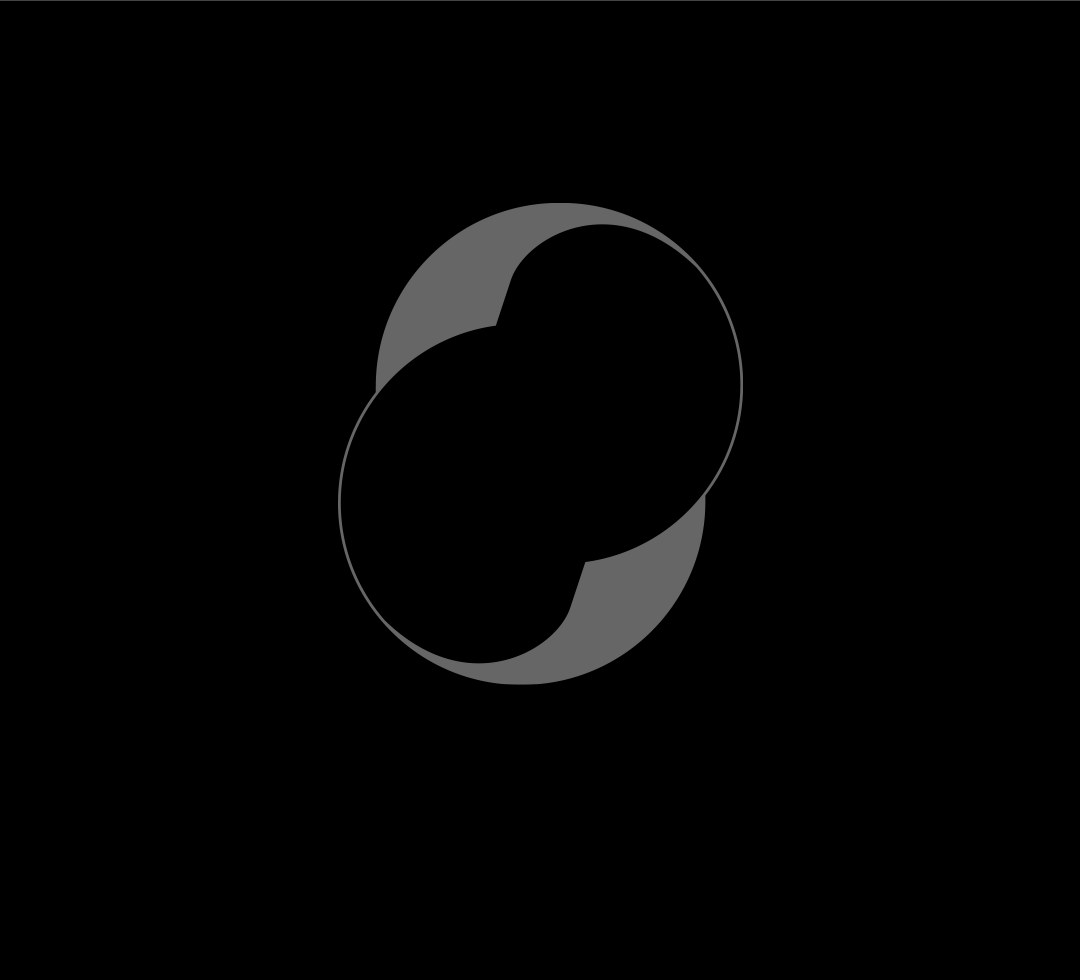
08 Use of imagery to say more.
There is a lot to be said for the classic phrase – a picture is worth a thousand words. In addition to graphic solutions, as mentioned previously, photography can be a valuable tool. Never before has this medium been more accessible or affordable. Ideally, if budget is available, I would always recommend hiring a photographer to capture shots, tailored and bespoke to your brand message. If this is not an option stock imagery or even free resources such as Unsplash are available, but please credit the photographers.
One organisation that has consistently made use of powerful imagery is the World Wildlife Federation [WWF]. Over the years there have been countless campaigns, but two in particular spring to mind. The Desertification was particularly powerful showing creatures literally disintegrating as if made of sand. WWF’s Lungs campaign was equally thought provoking. At first it appears to be just an aerial shot of a forest. But then it clicks. They are reminiscent in form of two lungs, one of which, is literally being consumed by deforestation.
As mentioned, use of great imagery is no longer restricted to the big budget campaigns. While I was branding a new fund – Leuser Ecosystem Action Fund [LEAF] – for the Sumatran Orangutan Society, there was no budget for photography. The project was focused on four separate species specific to that area – Elephants, Rhinos, Tigers and Orangutans. As advised in tip 3, I wanted to stay positive – avoid guilt laced shots of devastation. But it was also important that the gravitas of the situation was maintained. Since the species were so eclectic trying to use a single shot would be ineffective. I decided to find an individual image for each.
Although separate it was important that the shots had a similar, consistent style. That they drew the viewer in and created a connection. Via Unsplash, striking portrait shots of each species were located. This unusual pose gave the protagonists an almost human quality, like they were waiting for an answer to a question. The photos were subsequently recoloured to reinforce a consistent, powerful brand presence.
Summary
- To truly standout, hiring a photographer to create bespoke shots can not be surpassed.
- –
- Mobile phones have made everyone a ‘photographer’, so please credit the creators.
- –
- It is now possible to make use of great photography on a modest budget.
Case study links
-
WWF Desertification campaign
WWF
Desertification campaign
-
WWF Lungs campaign
WWF
Lungs campaign
-
Sumatran Orangutan Society
L E A F
Case study
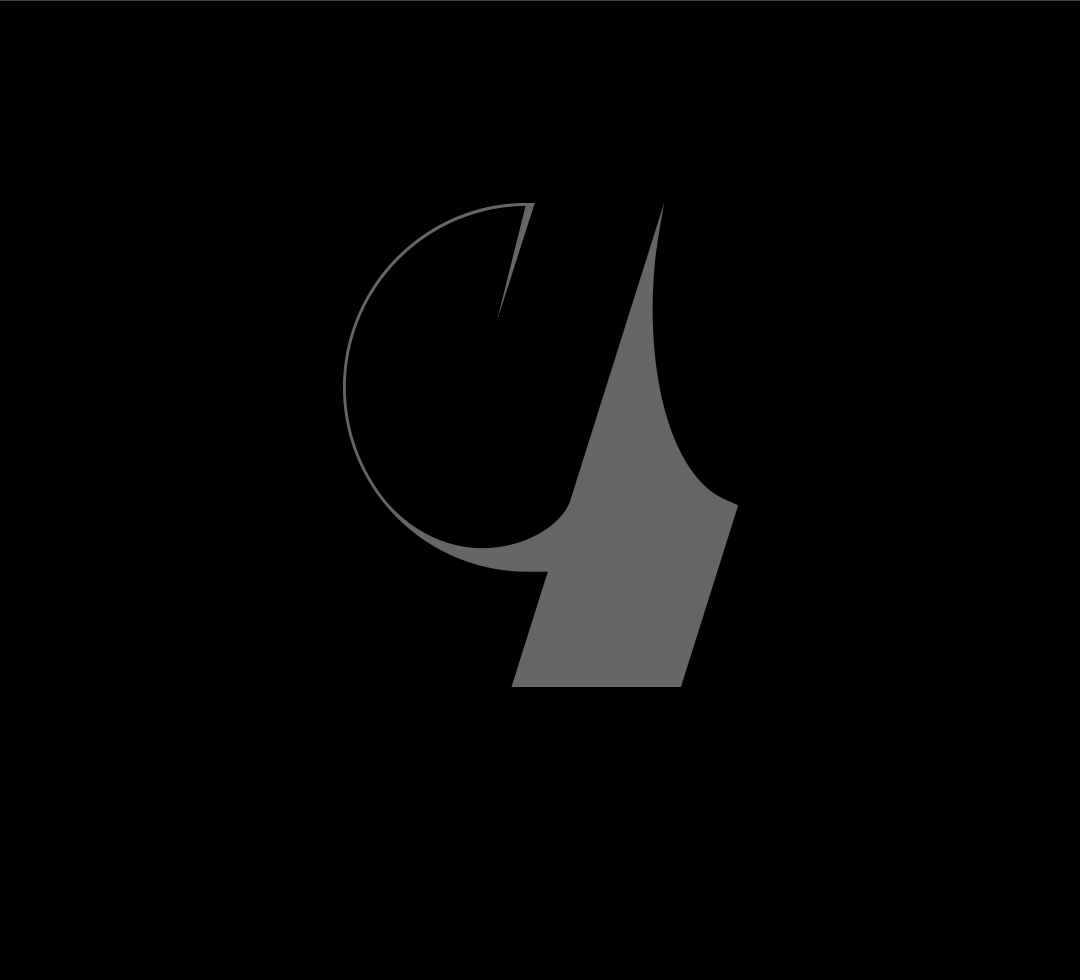
09 Tone of voice. Who is narrating your story?
In addition to the use of every day language, tone of voice is key. When discussing the need to change our behaviour or think about things from a global perspective, it is very easy to fall into the trap of patronising your audience. It is far easier to do the right thing if you are fully informed and it is part of your job. Therefore, it is important to respect your audience – no one likes to feel guilty, stupid or judged. Get someone to read it back to you – are you getting flashbacks to your school days?
For my client Tautenay, tone of voice was also integral. As agricultural consultants to the UK and channel island governments, it was essential that their expertise and professionalism be conveyed. But they also work with people in the field, sometimes literally, across multiple sectors. Therefore, their brand must also remain welcoming and inclusive. A fine balance was required.
With this in mind serif typography was employed to carry a sense of gravitas, experience and credibility. But to ensure they remained approachable the bespoke wordmark was heavily crafted to soften the sharp, stern feel that can be a common trait of a traditional serif.
The logo marque provided an additional opportunity to establish this balance. Working on both land and sea based projects it was essential that neither should be excluded. The very distinctive, coast dwelling Curlew provided the ideal solution. Our protagonist was illustrated in a truly distinct, fluid style to compliment the adjacent bespoke logotype.
When considering tone of voice, as a reference, it can be useful to imagine a living person narrating your profile. Hypothetically, if you were to hire the most respected spokesperson, who would be on the list? How would they say it? Which words would they use?
This is likely to depend on the personality of your brand. In the case of Tautenay, I would imagine David Attenborough as the perfect choice. He seems to possess a unique way of stating what needs to be said without
inciting conflict.
For a more disruptive brand perhaps the tone should be more like Greta Thunberg. Although divisive she has been immensely powerful in uniting young people to make a stand against the inaction of governments to tackle climate change. Few have ever been listened to by so many.
Summary
- Get someone else to read the copy back to you. How does it make you feel?
- –
- Use your contacts for feedback – the most bizarre response are often the most useful.
- –
- Tone of voice can make the difference between no or lets go!
Case study links
-
Tautenay
Tautenay
Case study
-
Greta Thunberg Activist
Greta Thunberg
Activist
-
David Attenborough Broadcaster and Author
David Attenborough
Broadcaster and Author
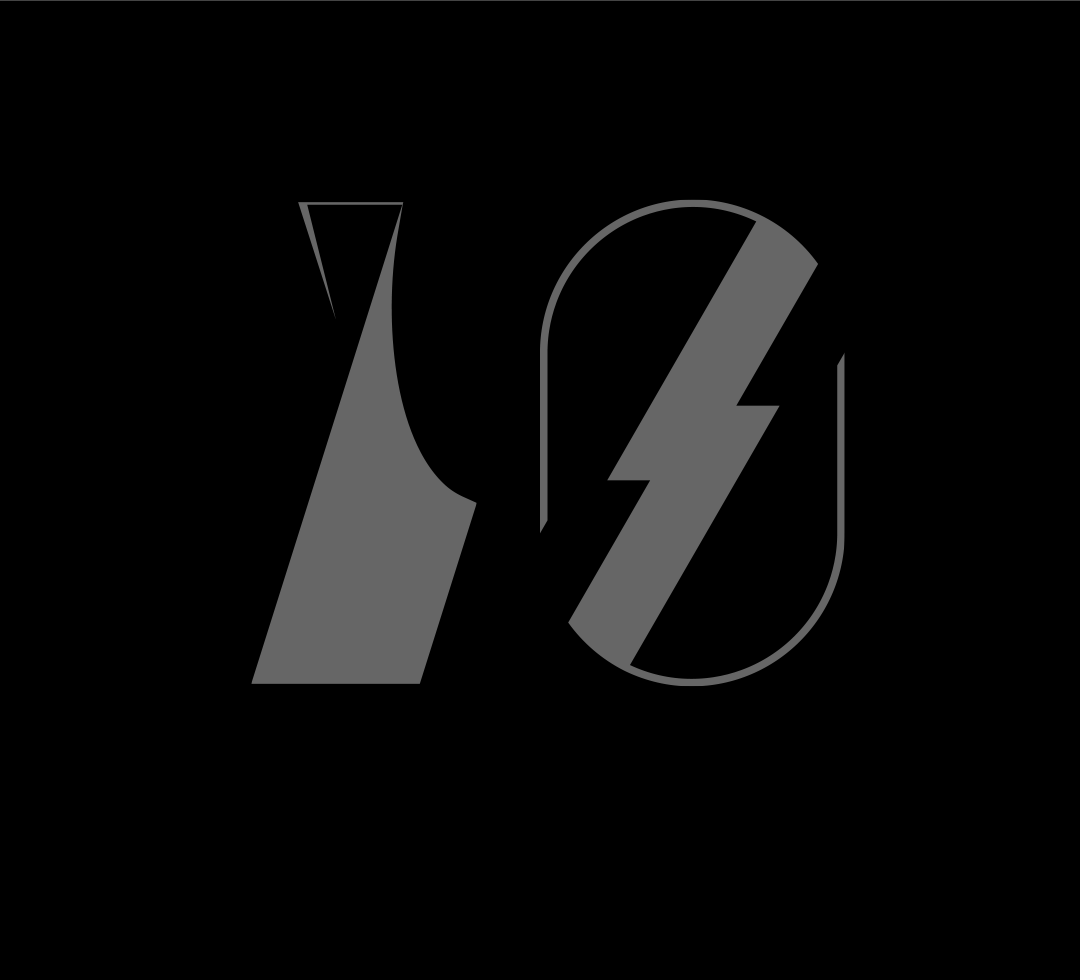
10 To find your own path, lead, don’t follow.
For the last tip we are travelling back in time once again for two stories either side of the pond. The first starts over 50 years ago in California’s Yosemite Valley. In the 1960s Yvon Chouinard was an eccentric rock climber living in his car. But by 1973 he was a reluctant businessman founding a company that would be worth $3 billion.
His outdoor clothing brand Patagonia is a great example of a company that has always led by example and done things differently. Throughout the past 50 years Patagonia has led from the front with unconventional initiatives to combat climate change.
―
I didn’t know what to do with the company because I didn’t ever want a company. I didn’t want to be a businessman. Now I could die tomorrow and the company is going to continue doing the right thing for the next 50 years, and I don’t have to be around.
―
Yvon Chouinard . Interview by New York Times
At 85, Chouinard was not sure what to do next with his multi billion dollar brand. He had changed role from rock climber to founder, but his eccentricity remained intact. Rather than sell the company, whilst receiving no tax breaks or financial benefit, he gave it away to a specially designed trust and a nonprofit organisation. They were created to ensure the company remains independent and that all future profits – around $100 million per year – are used to combat climate change.
―
I was in Forbes magazine listed as a billionaire, which really, really pissed me off. I don’t have $1 billion in the bank. I don’t drive Lexuses.
―
Yvon Chouinard . Interview by New York Times
Taking the lead is obviously much easier said than done. But bold actions are required to progress and solve our biggest challenges. So before you proceed with your next project, review the market and your competitors. Your environmental ambitions may be aligned with your rivals, but is there a different approach or another consideration they have missed? Is there a better way? The best intentions will be wasted if no one believes you. The public constantly seek the new and switch off when they hear the same message.
Superfried client Quorn, are also a perfect example of taking the lead. In the 60s their founder, Lord Rank, was already concerned about global food shortages so embarked on a mission to develop a sustainable food protein to feed the world.
Thousands of soil samples later, the fungi family Fusarium venenatum was discovered in 1967. Subsequent development by perfecting the natural fermentation process led to the commercial production of mycoprotein, better known as Quorn, in 1985.
Quorn are market leaders in the production of non-meat protein and have led the way for over 40 years. But as the appetite for a more ethical way of eating grows the sector is rapidly evolving to accommodate the demand. If they could supply mycoprotein as an ingredient to other food producers, the potential environmental benefits could far surpass the efforts possible by Quorn alone. And Lord Rank’s original mission would continue.
Working with Quorn I developed the brand identity for their new division – Marlow Ingredients. Since completion, they have secured their first partners and are in active discussions with other potential customers across many countries in Europe. Mycoprotein is well placed to win in the meat and dairy alternative sectors and the team is excited to see how mycoprotein can solve challenges in categories beyond these. This is an area they are actively exploring as they continue to work with Superfried to develop their brand, as the food industry changes to reflect consumer needs and ingredient availability.
Summary
- Being a leader may not seem possible, but that is also how many leaders felt.
- –
- To maximise your positive impact, stay true to the reason you started your organisation.
- –
- Evolution within an organisation is challenging, but it is essential to survive.
Case study links
-
New York Times – Billionaire No More
New York Times
Billionaire No More
-
Patagonia Website
Patagonia
Website
-
Marlow Ingredients
Marlow Ingredients
Case study
Taking the next step...
―
I hope this book has been useful and you have taken some key lessons from it. But when implementing these actions for your own brand, this is just the tip of the iceberg.
The requirements of every organisation are unique, so your brand deserves bespoke guidance.
When you are ready to start your next design project, reach out to Superfried and book a call to discuss the delivery of your bespoke solution.